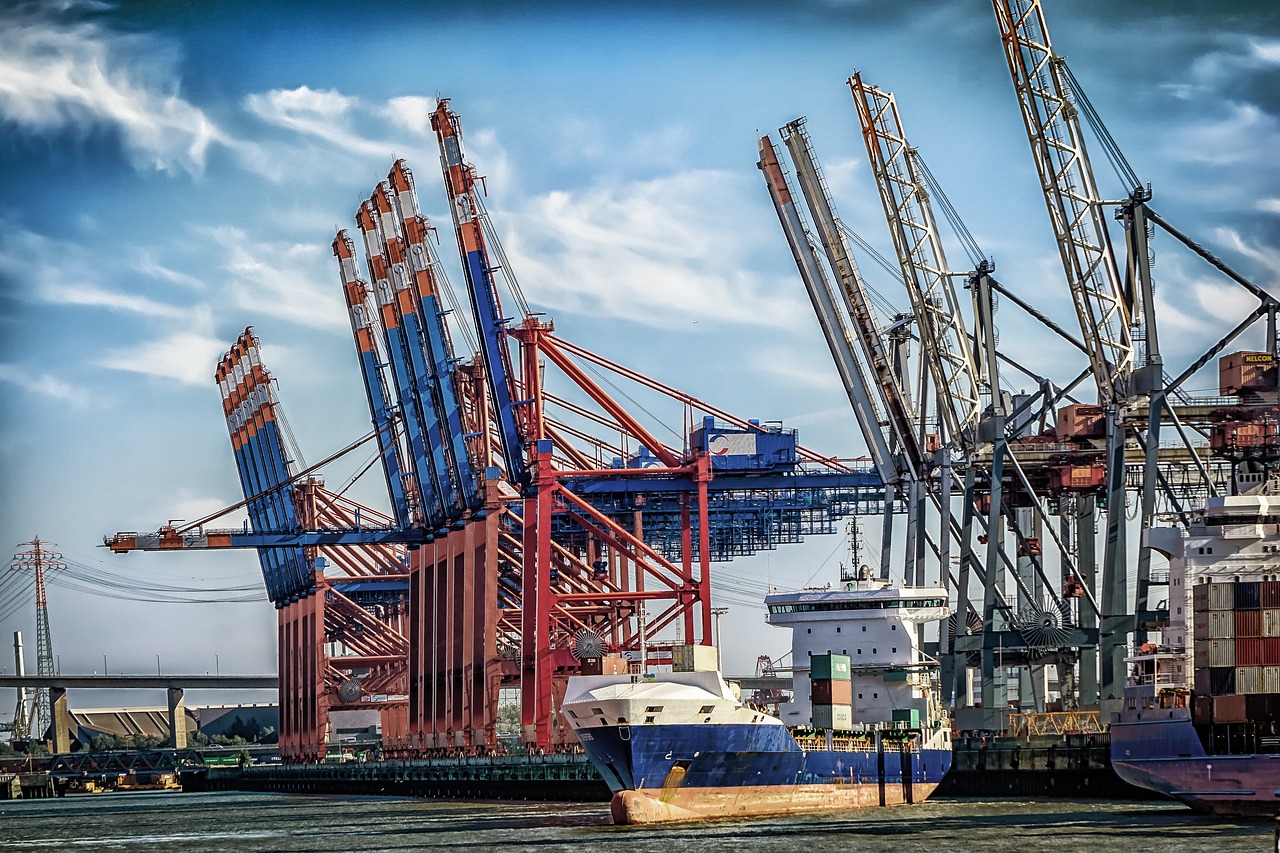While trade war concerns have momentarily taken a back seat in the merry-go-round of market issues coming out of Washington DC, the full impact of such as dispute remains a known unknown. With Chinese President Xi Jinping voicing a conciliatory tone Tuesday morning, the trade outlook is morphing. The first level impact can be determined to various degrees, but it is the tertiary level where the damage to the global economy becomes more nuanced – and could create a downside momentum all its own if such trade sanctions are in fact implemented.
HSBC Warns: “The ‘millennialization’ of investment is accelerating”


President Xi took a significant step towards easing trade tensions in a speech Tuesday where he praised globalization and trade cooperation. Xi claimed to be ushering in a “new phase of opening up” Chinese markets, easing restrictions on foreign firms, lowering Chinese import tariffs and protecting intellectual property rights.
Xi insisted that China does not seek a trade surplus with the US as he announced the lowering of tariffs in the automotive industry, saying a “cold war and zero-sum mentality” was out of place in today’s world. “We hope developed countries will stop imposing restrictions on the normal and reasonable trade of hi-tech products and relax export controls on such trade with China,” he said without referencing President Trump directly.
Macquarie: Oil Price Of $45 For 2020

The apparent easing of Chinese trade tensions comes as those calculating the true costs of a trade war started to add up intangible add-on effects that could meaningfully slow the global economy.
Moody’s analyst Elena Duggar notes that a trade war with China “will likely have (an) economic and financial impact beyond that which is transmitted through direct trade channels.” This impact transitions well beyond items specified in any tariff and impacts business investment decisions over the medium term, and lower production efficiency and impact how and where global supply chains operate. “This, in turn, would affect domestic and foreign direct investment and future export growth, and may particularly affect high-tech sectors targeted by the proposed measures.”
Dugger thinks the macroeconomic impact of tariffs would result in “materially larger” than what is implied by trade exposures as a share of GDP. The import restrictions, for instance, would put a kink in global supply chains and have a knock-on impact in countries such as South Korea, Taiwan, and Vietnam.
While the sectors targeted by the tariff proposals will take a direct hit, the supply chain impact will be felt in other sectors. The US was targeting strategic value-added sectors, but much of what is made in China is a component of other products manufactured in other regions. US tariffs are expected to target high-tech industrial, medical, aerospace, communication and transportation sectors, all areas where the products are of strategic significance to the Chinese going forward to fulfill perceived global ambitions.
But in his speech, Xi specifically downplayed China‘s geopolitical aspirations to construct a multinational zone of economic and political influence around the world that puts Beijing at the center. “China has no geopolitical calculations, seeks no exclusionary blocs and imposes no business deals on others,” Xi said, countering US concerns that point to moves that would challenge the US.
As Xi appears to back away from trade war talk, the real negative impacts of a trade war would have been difficult to calculate, but they would be very real.
“Given the size of the US and Chinese economies, any potential reduction in growth will affect global growth,” the Moody’s report noted. “Given the integration of the US and Chinese economies in global and regional supply chains, any potential escalation of trade risks is likely to spread to other countries…”

